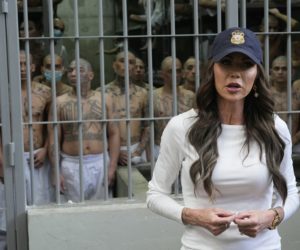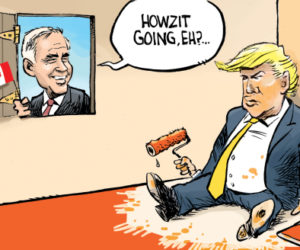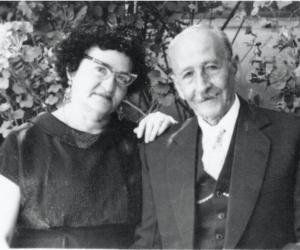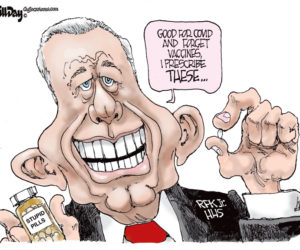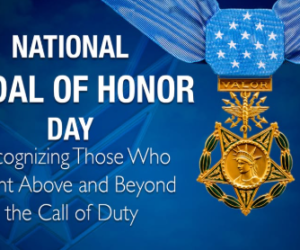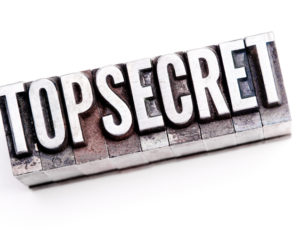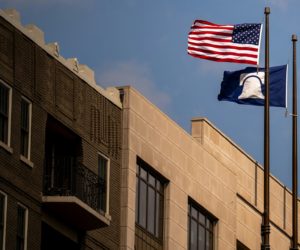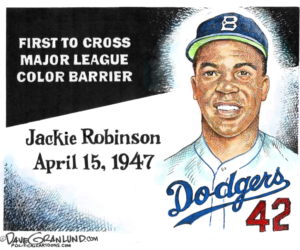
I was a Beatles’ fan in my teens. A few years after the famous British pop group had visited their Guru’s ashram, I undertook a journey to Rishikesh in India. Situated on the banks of the mighty/holy river Ganga/Ganges when it enters the plains (with the Himalayas providing a picturesqe backdrop), the ashram became our abode for a few days in the early 1970s. Our co-blogger at the TMV, Brij Khindaria, who was then with the Reuters, accompanied us.
It was a fascinating experience. Although I ‘crashlanded’ learning the Maharishi’s ‘flying yogic’ technique, I thoroughly enjoyed my stay for a couple of days there…
“Crank? Crackpot? Charlatan? Maybe all three. Yet Maharishi Mahesh Yogi, who died on February 5th (in his ‘home’ in the Netherlands), was generally benign,” says The Economist. “He did not use his money for sinister ends. He neither drank, nor smoked, nor took drugs. Indeed, he is credited with weaning the Beatles off dope (for a while). He did not accumulate scores of Rolls-Royces, like Bhagwan Shree Rajneesh; his biggest self-indulgence was a helicopter.
“Nor was he ever accused of molesting choirboys; his greatest sexual impropriety, it was said, was to make a pass at Mia Farrow…After the 1960s he seldom appeared in public.
“Moreover, his message was entirely laudable. He did not promote a cult or even a mainstream religion preaching original sin, purgatory and the likelihood of eternal damnation. He just wanted to end poverty, teach people how to achieve personal fulfilment and help them to discover ‘Heaven on Earth in this generation’. And yogic flying, of course…”
Swaraaj Chauhan describes his two-decade-long stint as a full-time journalist as eventful, purposeful, and full of joy and excitement. In 1993 he could foresee a different work culture appearing on the horizon, and decided to devote full time to teaching journalism (also, partly, with a desire to give back to the community from where he had enriched himself so much.)
Alongside, he worked for about a year in 1993 for the US State Department’s SPAN magazine, a nearly five-decade-old art and culture monthly magazine promoting US-India relations. It gave him an excellent opportunity to learn about things American, plus the pleasure of playing tennis in the lavish American embassy compound in the heart of New Delhi.
In !995 he joined WWF-India as a full-time media and environment education consultant and worked there for five years travelling a great deal, including to Husum in Germany as a part of the international team to formulate WWF’s Eco-tourism policy.
He taught journalism to honors students in a college affiliated to the University of Delhi, as also at the prestigious Indian Institute of Mass Communication where he lectured on “Development Journalism” to mid-career journalists/Information officers from the SAARC, African, East European and Latin American countries, for eight years.
In 2004 the BBC World Service Trust (BBC WST) selected him as a Trainer/Mentor for India under a European Union project. In 2008/09 He completed another European Union-funded project for the BBC WST related to Disaster Management and media coverage in two eastern States in India — West Bengal and Orissa.
Last year, he spent a couple of months in Australia and enjoyed trekking, and also taught for a while at the University of South Australia.
Recently, he was appointed as a Member of the Board of Studies at Chitkara University in Chandigarh, a beautiful city in North India designed by the famous Swiss/French architect Le Corbusier. He also teaches undergraduate and postgraduate students there.
He loves trekking, especially in the hills, and never misses an opportunity to play a game of tennis. The Western and Indian classical music are always within his reach for instant relaxation.
And last, but not least, is his firm belief in the power of the positive thought to heal oneself and others.

